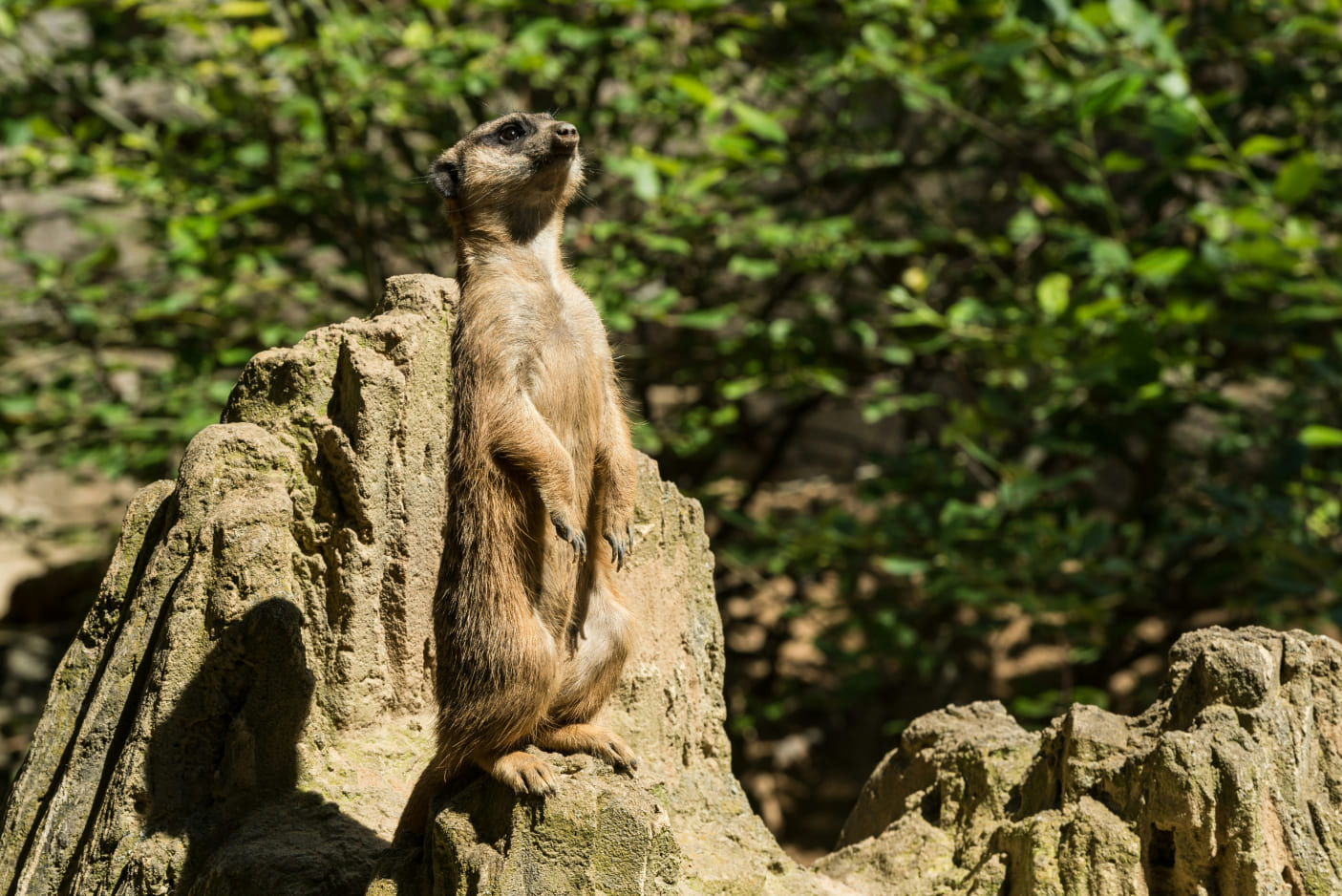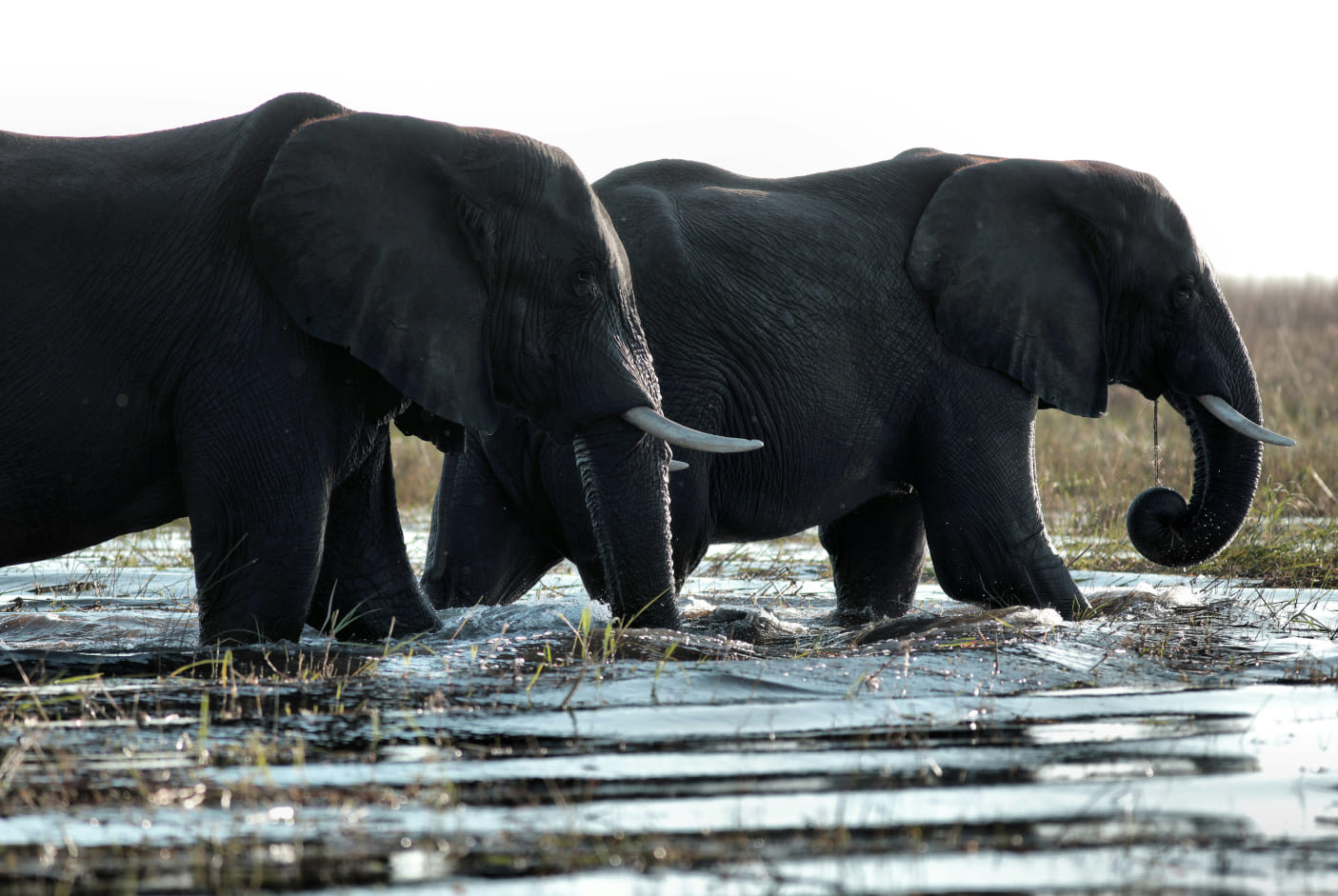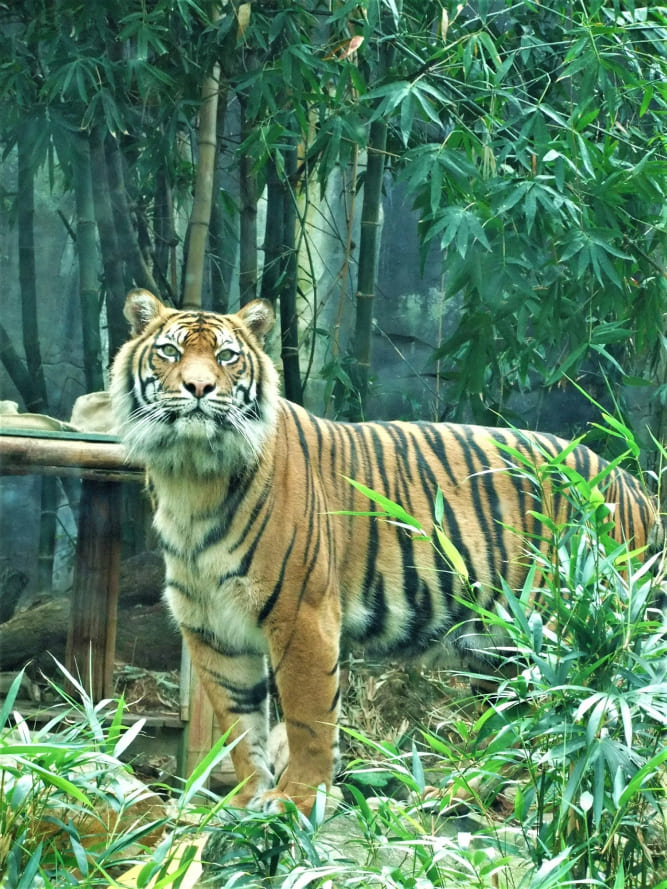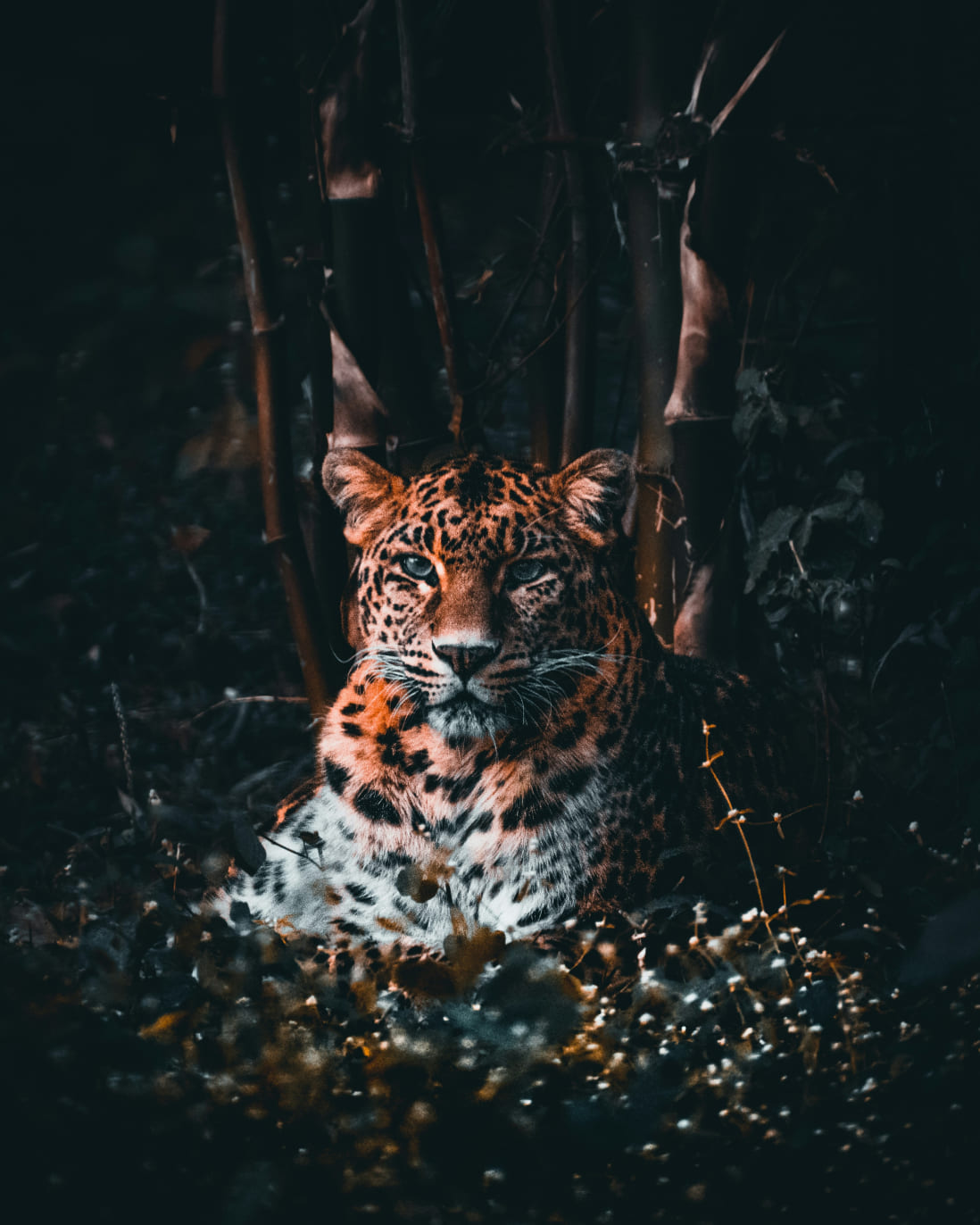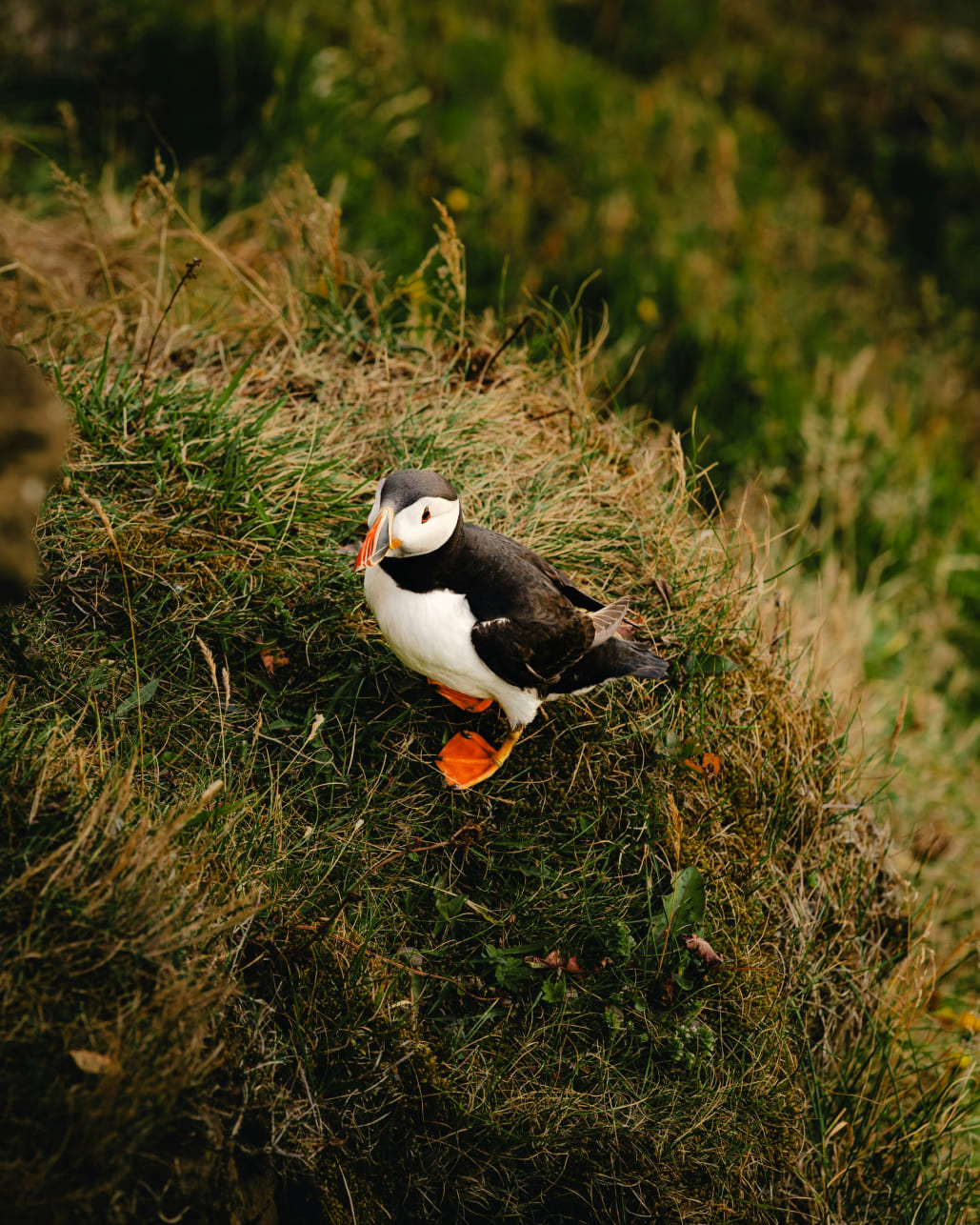Golden-Crowned Flying Fox
The golden-crowned flying fox, native to the Philippines, is one of the world’s largest bats, with an impressive wingspan that can stretch up to 1.7 meters. These gentle herbivores are vital to their ecosystems, as they act as pollinators and seed dispersers in tropical forests. However, in the wild, their numbers are dwindling due to deforestation and hunting.



